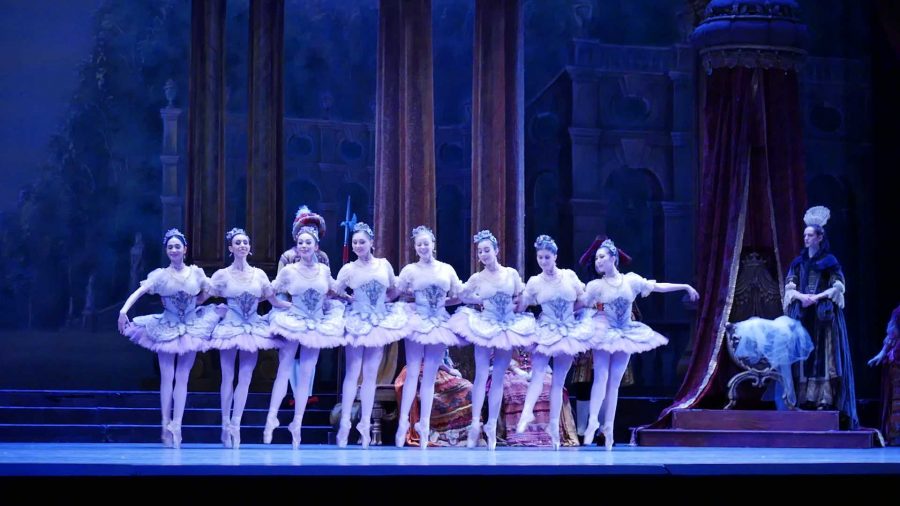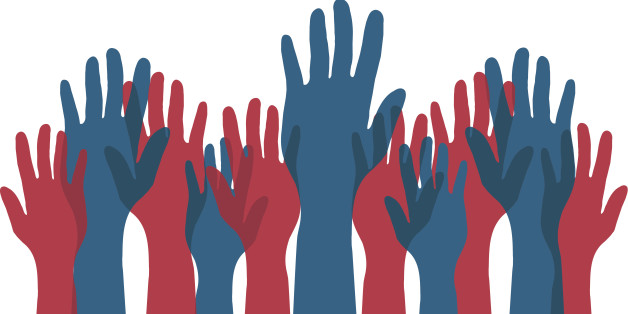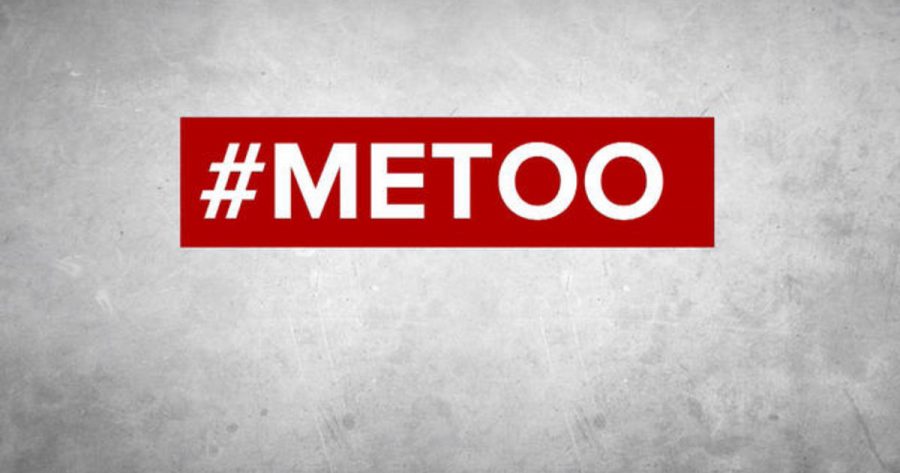By Sofia Bonin
Staff writer
Panic has spread across America, except this time it is not about this year’s new strain of flu virus it is about clowns. In order to provide some context, the situation has to be taken back to this past August.
Clown sightings originated in Green Bay, Wisconsin with Gags the Green Bay Clown. An eerie clown holding black balloons was spotted roaming the town at night. The clown never approached anyone and it was assumed that this demonstration was put on as marketing for a movie.
Since these sightings became viral, clowns have been popping up everywhere across the nation. The main issue law enforcement officials are facing is whether or not to categorize these clowns as dangerous. While most run—ins with clowns have led to nothing more than rattled nerves, there have been cases where arrests have been made.
According to “Time Magazine”, at least seven people in Alabama were arrested on charges of making a terrorist threat due to their clown—related activities. There have been no confirmed deaths or violent incidents resulting from this phenomenon.
There is a long history behind the fear that accompanies clowns. In 1986 Stephen King published his world—renowned novel “It”. The book features descriptions of the clown Pennywise who follows seven children, using their fears and phobias against them. There was also the case of serial killer John Wayne Gacy who killed 33 young men, oftentimes while dressed as his alter ego “Pogo the Clown.”
There is also a common fear with clowns because they hide behind face paint and costume. We cannot read their true emotions or distinguish their real identity. Scott Bonn, a criminologist and sociology professor at Drew University spoke to “Time Magazine” saying: “The fascination with clowns is really the fact that they’re not real, we don’t know what is beneath that makeup. It could be anyone or anything.” Bonn and many other criminologists link the fear of clowns to our inability to distinguish the true intentions of whoever is behind the facepaint.

Another reason why these clown sightings have taken off is due to fake news stories. Many tabloids and websites have created fake headlines in order to garner more readers. There have also been false reports filed due to widespread panic and relying on stories passed on through word of mouth. As a result the clown situation has been made out to be far more dangerous than it actually is.
Social media has also contributed to the emergence of this clown trend and the group hysteria behind it. Social media supplies a platform where ideas can be spread quickly and effectively, whether or not those ideas are productive or detrimental.
Psychology can explain why there should not be such an intense fear behind these clowns. The Observer reminded readers: “Those who plant bombs and attack schools don’t advertise the attacks on social media or anywhere else.”
If someone were planning a real attack or threat they would not draw attention to themselves by dressing up as a clown or advertising their plans on social media. However, collective hysteria has convinced many that there is a real threat behind the clown sightings and online threats made involving clowns.
Most have agreed that these clown sightings are young people taking part in the trend and trying to prank others. In most situations there is no implicit threat.
Many compare the current clown phenomenon to other viral trends that have occurred in the past. In recent years Americans witnessed the rise and fall of “the knockout game” in which participants attempt to knockout a complete stranger with one punch.
It is speculated that the clown trend will experience the same rise and fall; we are simply at the peak. The fascination with these clown sightings can be attributed to curiosity, psychology, historical events and images associated with clowns, as well as group hysteria fueled by social media.












